Tapioca processing equipment
 Date:
Date:
Jun 18, 2019
- WhatsApp:
- Tel:
- Phone:
- Skype:
elina881130
- Email:
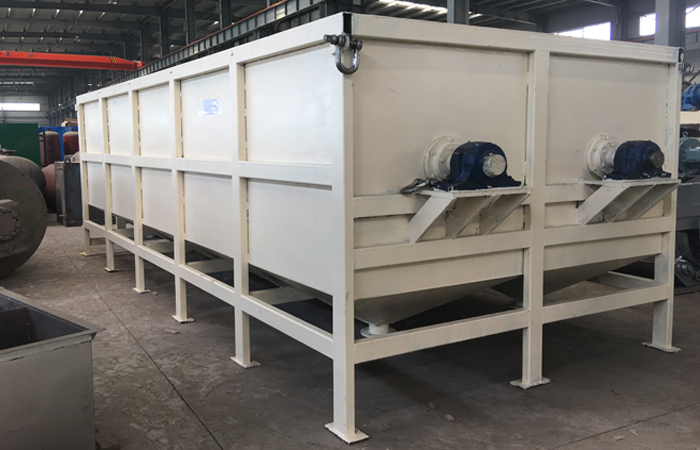
Tapioca(cassava) have been used as a source of raw material for high-quality starch and flour for many years. In addition to product quality, the consumption of fresh water and energy are now playing an ever more important role in cassava starch, cassava flour and garri processing plant. So the tapioca processing equipment of Doing Company also convince users from these economic points of view.
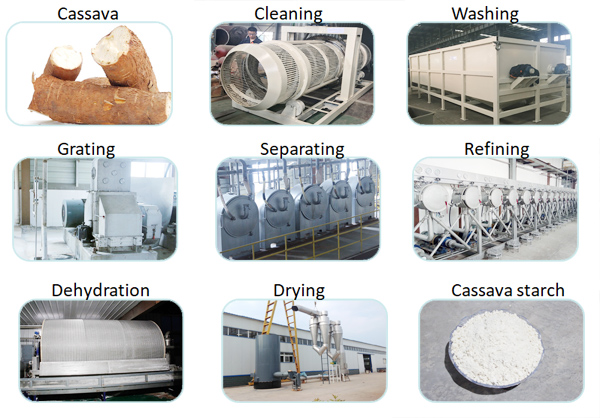
Tapioca processing equipment
Here is the tapioca processing equipment used for tapioca flour processing:
1. Sorting section: After harvest, some roots may be damaged or rotten. These are sorted to select the wholesome roots for processing; only healthy roots (without rot or other damage) should be processed.
2. Cleaning and washing section: Freshly harvested cassava roots are covered with soil, stones, dirt, ect. The roots are firstly cleaned in dry sieve to remove the stones and weed. Then the cleaned cassava is transported in paddle washing machine to wash away the attached stains and dirt. The water source should be checked regularly to ensure it is not dirty or contaminated.
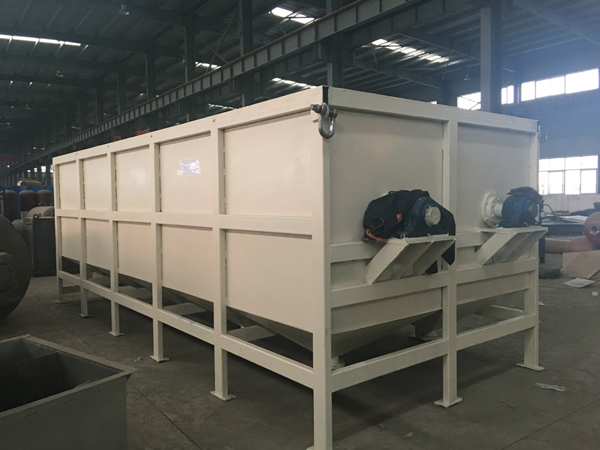
Tapioca washing equipment
3. Grating section: As an important process in tapioca processing line, the grating section has a decisive influence on the extraction rate of tapioca. Therefore high quality tapioca processing equipment for grating are needed to produce a high quantity of tapioca flour to meet market demands and standards. DOING rasper is such a high efficient equipment featured with high grating rate and low power consumption.
4. Separating section: The grated cassava slurry contains fiber, protein and other impurities which need to be separated. In this process, the used tapioca processing equipment includes centrifuge sieve and fine fiber sieve which is mainly to separate cassava slurry from fiber. By using high speed centrifugal force, the centrifuge sieve can effectively separate the fiber from tapioca flour. And the fine fiber sieve takes use of the low speed centrifugal force to further remove the fine fiber out of the slurry.
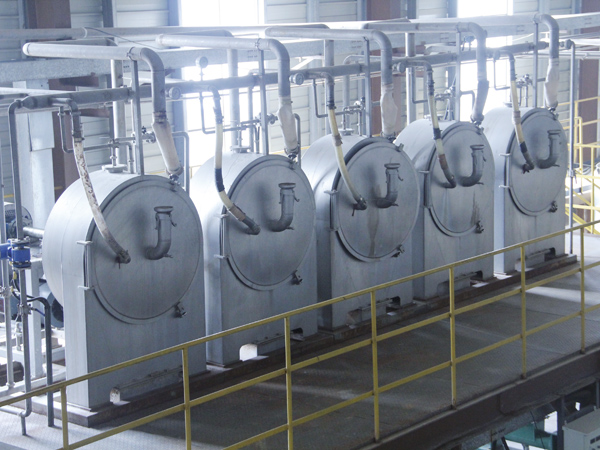
Tapioca separating equipment
5. Concentration and refining section: Hydrocyclone station is used in this section for removing the protein, cell sap and other soluble impurity. The clean washing water enters from the last stage and the cassava slurry enters from the first stage which forms countercurrent washing. Thus it can not only ensures the product meets the national standards but also achieve the purpose of saving water.
6. Dewatering section: Vacuum filter is the widely used tapioca processing equipment for dewatering process. This equipment adopts negative pressure principle to dewater cassava slurry. It is required that the water content of cassava slurry is about 38%-40% after dewatering.
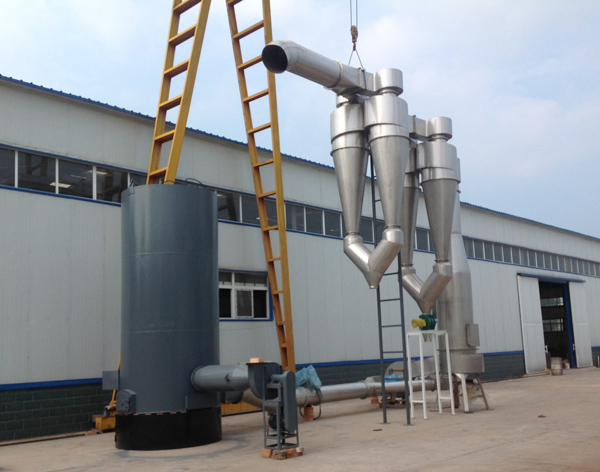
Tapioca drying equipment
7. Drying and packing section: The dewatered tapioca flour goes into flash dryer to further reduce the moisture content to meet the market standards. The flash dryer is a high efficient tapioca processing equipment which can complete the whole drying process in just a few seconds. And then the tapioca flour are weighed and packed for marketing.
This is the overall introduction of tapioca processing equipment. And the equipment includes dry sieve for cleaning section, paddle washing machine for washing section, rasper for grating section, centrifuge sieve and fine fiber sieve for separating section, hydrocyclone station for concentration and refining section, vacuum filter for dewatering section and flash dryer for drying section. Doing Company is a professional and experienced tapioca processing equipment manufacturer whose equipment has the features of high efficient, water& power saving. Welcome to contact us for tapioca processing equipment issue.
PREV:The end!




